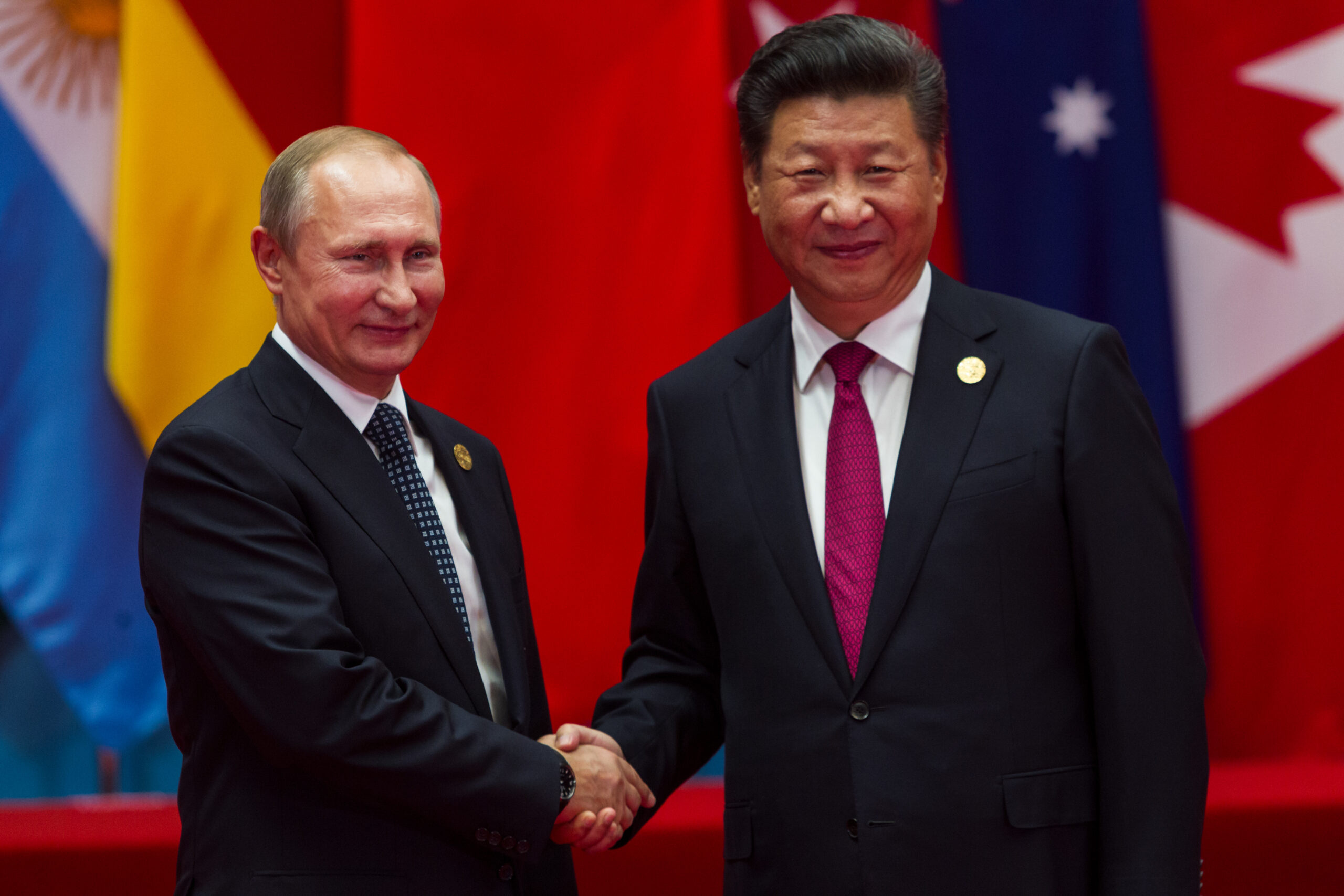Biden Doesn’t Need to Keep Pushing Xi and Putin Closer
The US-China-Russia strategic triangle has returned as a fulcrum of global geopolitics. As Chinese president Xi Jinping makes a high-profile visit to Moscow to meet with Russian president Vladimir Putin, US President Joe Biden has been busy coordinating Atlantic and Pacific military alliances to box in both powers. The Biden administration often frames this division between the powers as the outcome of an abstract contest between democracy and autocracy. Far from inevitable, however, the China-Russia alignment against the United States crystallized just one year ago and is far more tenuous than most media commentary allows.
Washington is girding for a long-term contest with China and often views the war in Ukraine as an early skirmish in that larger struggle. Beijing views the conflict differently, feeling itself pushed by US hostility to back Putin despite substantial misgivings about his actions. Moscow, insecure and aggrieved, is lashing out with little consideration for the consequences. A tortured history of relations among the three countries has brought us to a turning point today, but that history offers more than one road into the future. We can still choose a path different from the current one into devastating conflict.
The US-China-Russia strategic triangle first took shape in the Cold War when revolutionary China under Mao Zedong established an alliance with the Soviet Union in 1950 against what it regarded as the US-led revival of Japanese imperialism in Asia. But over time Mao grew resentful of condescension from the Soviets and ideological disputes poisoned the relationship, leading to the Sino-Soviet split by 1963. This ultimately created an opening that Nixon seized in 1971, agreeing with Mao to align the United States and China against the Soviet Union.
The strategic impetus for US-China relations grew over nearly two decades before ending abruptly with the collapse of the Soviet bloc and the Chinese government’s massacre of protesters at Tiananmen Square in 1989. US-Russia relations, meanwhile, seemed to be on the upswing with Yeltsin’s rise to power and uncritical embrace of US-championed free market reform. But a US-Russia alignment against China did not materialize. Instead, the events of the 1990s created a foundation for an uneasy accord on all sides even as it nurtured subterranean tensions that would later break into the open.
Read the full piece in The Nation.
